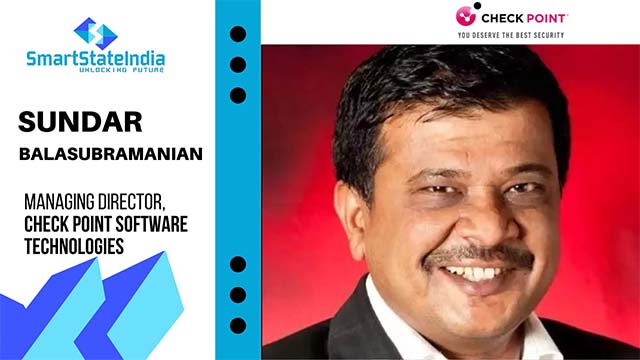Cyberattacks increase? Check. Mitigation of such attacks? That’s a quandary organizations are still trying to grapple with. With cyberattacks increasing, including in the first three quarters of 2023 according to Check Point Research, which saw a 3% increase in average weekly global cyberattacks compared to the same period the year before, it is no wonder that organizations are getting wary. In India, Check Point Research reported a 17% increase in the weekly attacks per organization to 1,041 times.
Globally, nearly 75% of CEOs are concerned about their organizations’ abilities to avert or mitigate a cyber incident. It’s widely known that organizations need to become more resilient and to prioritize continuous delivery capabilities.
In our constantly evolving threat landscape, one key way to build resilience is through cyber security automation. Survey data indicates that more than 40% of organizations see automation as a “major factor” contributing to the successful improvement of their cyber security posture.
Security automation can streamline time-consuming, manual cyber security tasks and offer efficient threat prevention, investigation and incident response mechanisms. Automation also empowers security staff to dedicate time to strategic, higher-level cyber security tasks that otherwise might be sidelined.
Security automation, it’s not that simple…
However, to gain the aforementioned automation advantages, organizations need to adhere to relevant, industry-led best practices. Doing so not only ensures that organizations can harness the full potential of automated cyber security solutions, but also enables staff members to work in a synchronous and symbiotic way with solutions.
These seven actionable security automation best practices below will help your organization integrate the strengths of automation with those of human intelligence; maximizing the opportunities to thrive within complex, high-pressure and precision-centric enterprise ecosystems.
7 actionable security automation best practices
To achieve stronger cyber security outcomes through automation, unpack these savvy practitioner best practices:
- Optimize the synergy. Automation excels in executing routine tasks. However, humans are still needed to bring in unique insights, contextual understanding and strategic thinking. It’s the synergy between automation and skilled staff that’s key in an effective, modernized cyber security strategy. Reallocate resources to evolve and rethink human roles and to ensure alignment across ecosystem elements.
- Commit to team training. Prepare for the shift from manual to automated response by providing team members with comprehensive training that’s tailored to individual roles. Reinforce the technical aspects of new automated solutions and the implications. Clarify precisely what a security automation solution can handle, and where human intervention is critical. Clear explanations around this can prevent misunderstandings and can ensure that your team knows when to step in.
- Prioritize automation initiatives. Assess and decide on which security issues are most pressing; map out the priorities. When you have a well-defined set of priorities, develop use-cases and evaluate opportunities for security workflow automation. In the process, engage relevant stakeholders. Although bringing in a wider working group may slow down efforts, an inclusive approach ensures that key perspectives are heard, resulting in broader consensus and buy-in. This can prevent future roadblocks and resistance to automation adoption.
- Take a measured approach. When it comes to security automation, most organizations can’t automate everything at once. But this may work to a given organization’s advantage. Moving forward with automation in high-impact areas provides opportunities to build internal support for it and to showcase the effectiveness of automation tools. The initial results can reaffirm stakeholder buy-in and foster the momentum necessary to further expand automated initiatives. A measured approach can serve as a foundation for a successful and adaptable automation strategy – one that aligns with your organization’s specific needs and objectives.
- Create playbooks.Ahead of beginning the workflow automation process, ensure that workflows are as strong and as solid as possible. This will help when optimizing processes. Then, develop playbooks. These will serve as the foundation upon which your automation efforts will be built. Playbooks will help set the stage for successful automation process development that’s predicated upon a solid foundation of well-documented and optimized workflows.
- Plan higher-level projects. Automation presents opportunities for your security team to contribute to your organization at a higher-level. Strategically consider how analysts may be able to redirect efforts into previously overlooked or under-attended value-add areas. For instance, analysts may be able to spend time uncovering the root causes of persistent types of threats, such as phishing. Proactive investigations of root causes can assist with addressing underlying vulnerabilities. These kinds of activities can significantly contribute to the elevation of an organization’s cyber security posture.
- Consider security orchestration. Integrating security orchestration alongside security automation enables organizations to seamlessly coordinate complex security workflows across multi-cloud environments. This can improve operational efficiency, communication and collaboration, and can also yield reduced response times.



